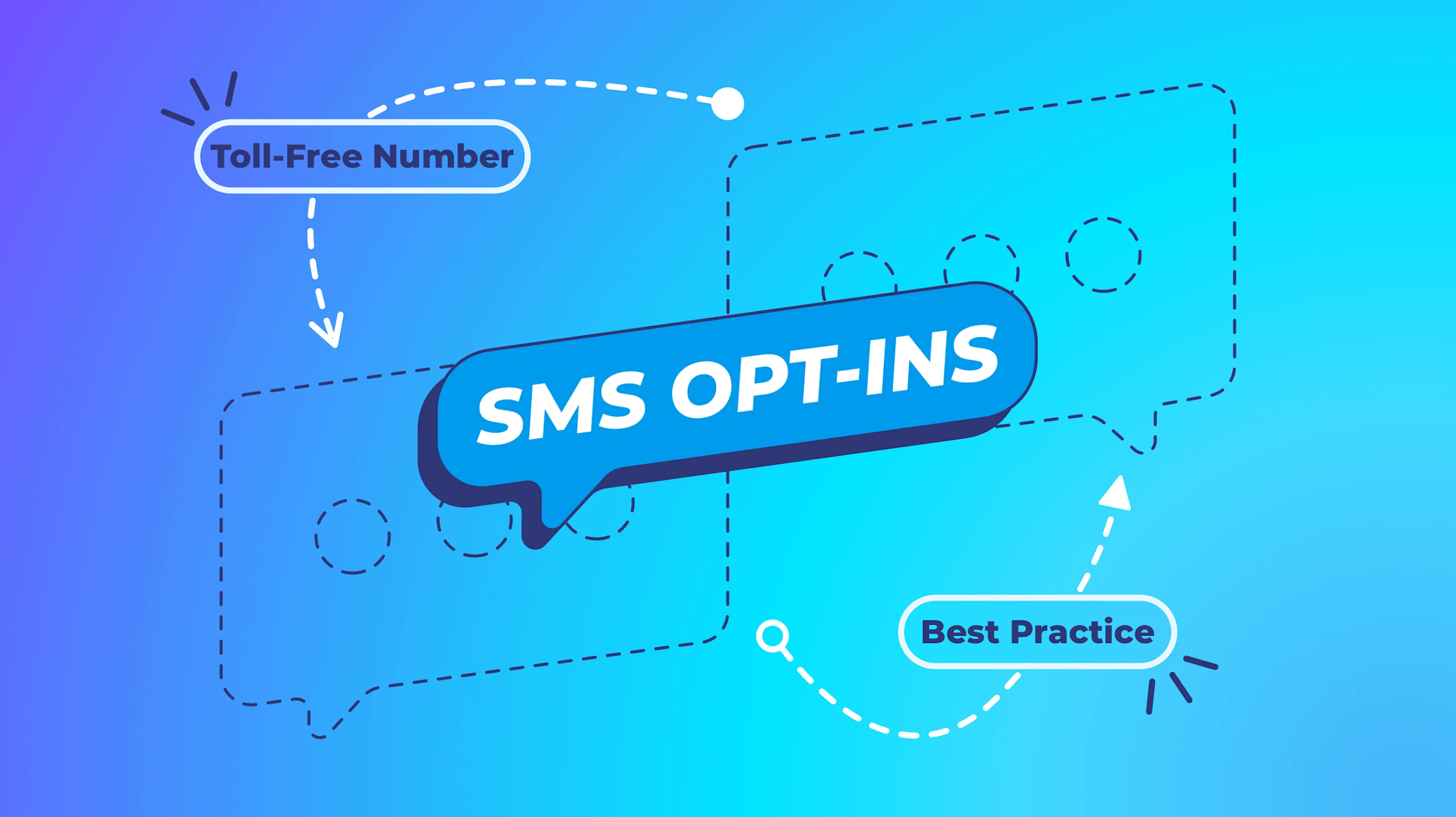SMS opt-ins: what you need to know about messaging and consent

By Team ClickSend
July 23, 2024
6 minutes
This blog was originally posted on February 20, 2024
- sms opt-in
- sms opt-out
- sms compliance
- promotional sms
- sms and consent

By Team ClickSend
July 23, 2024
6 minutes